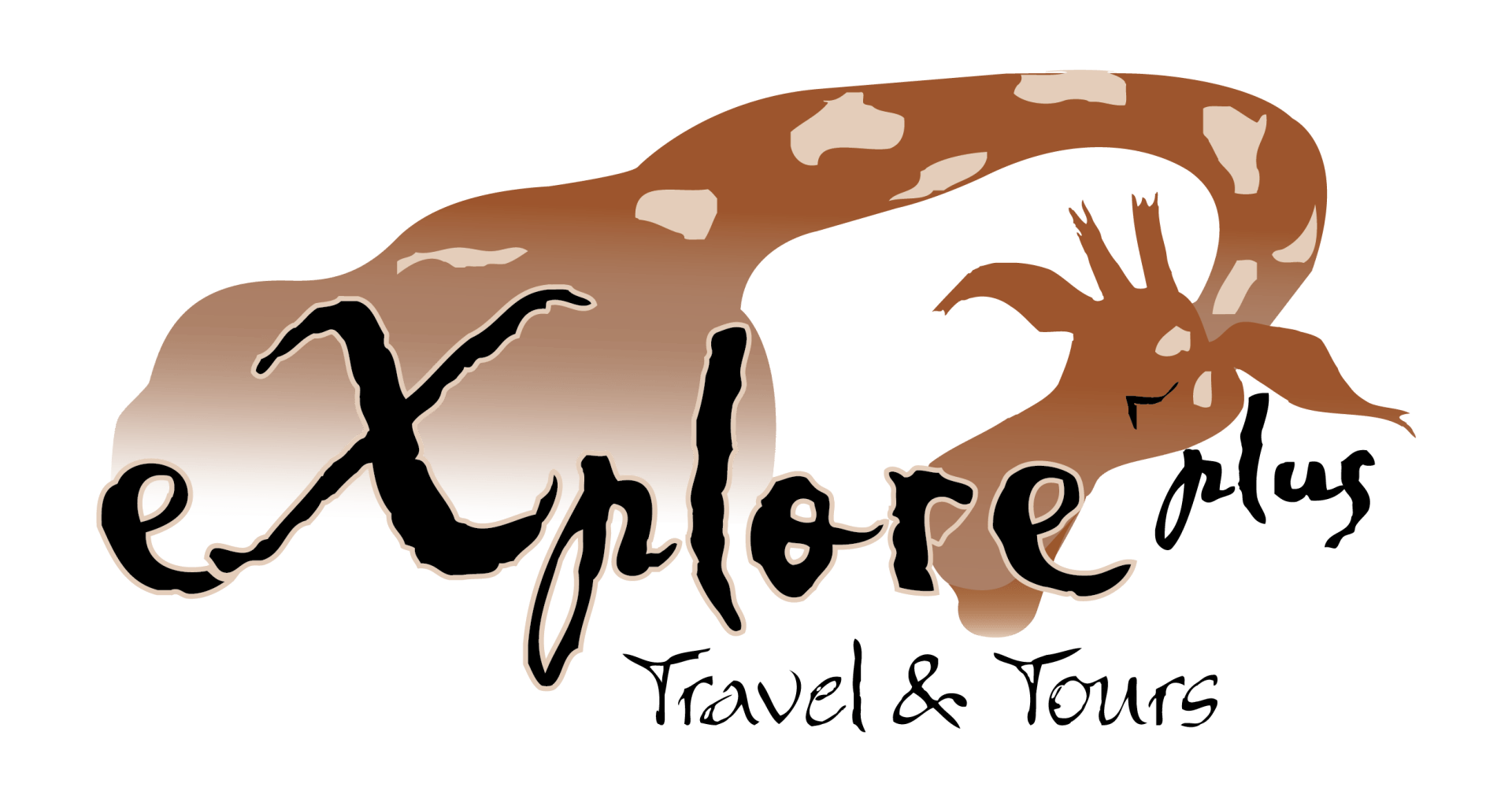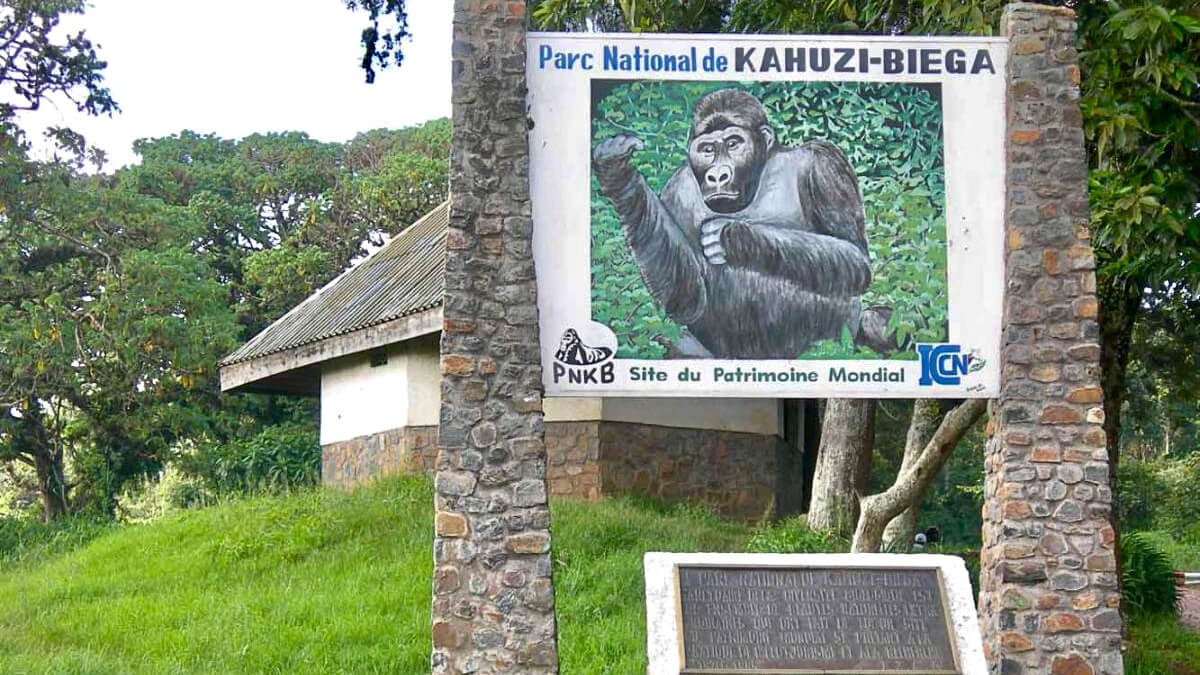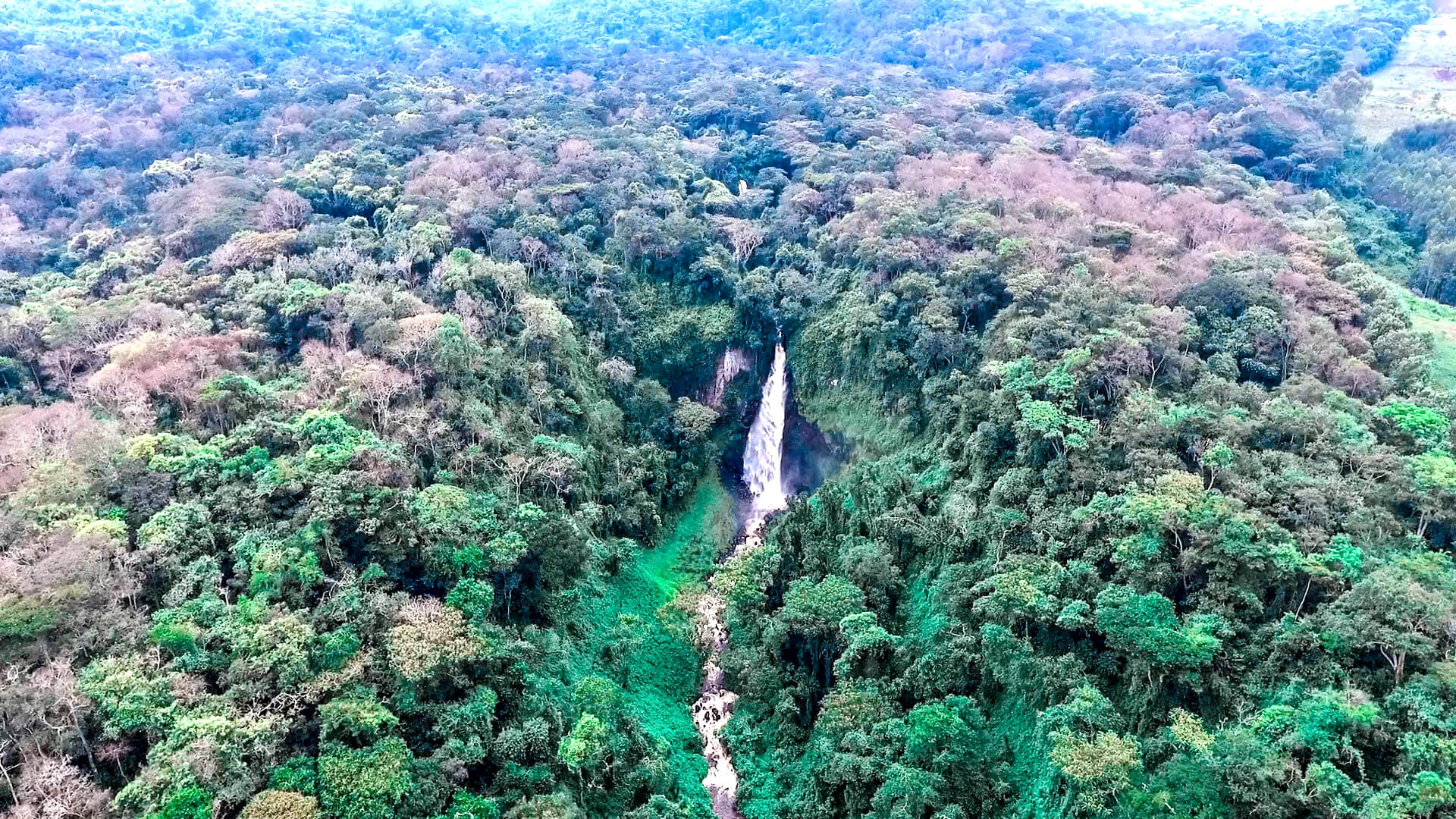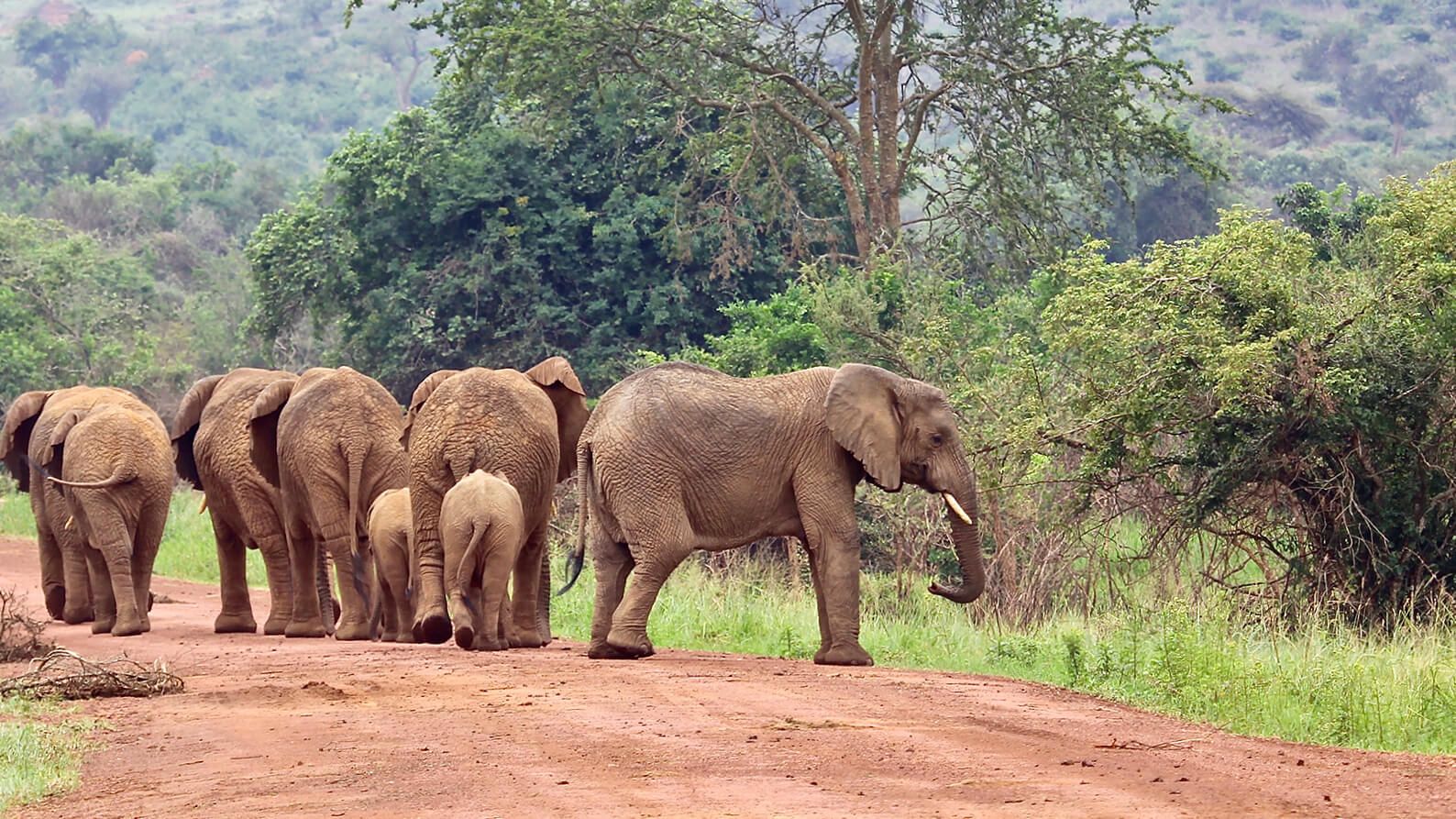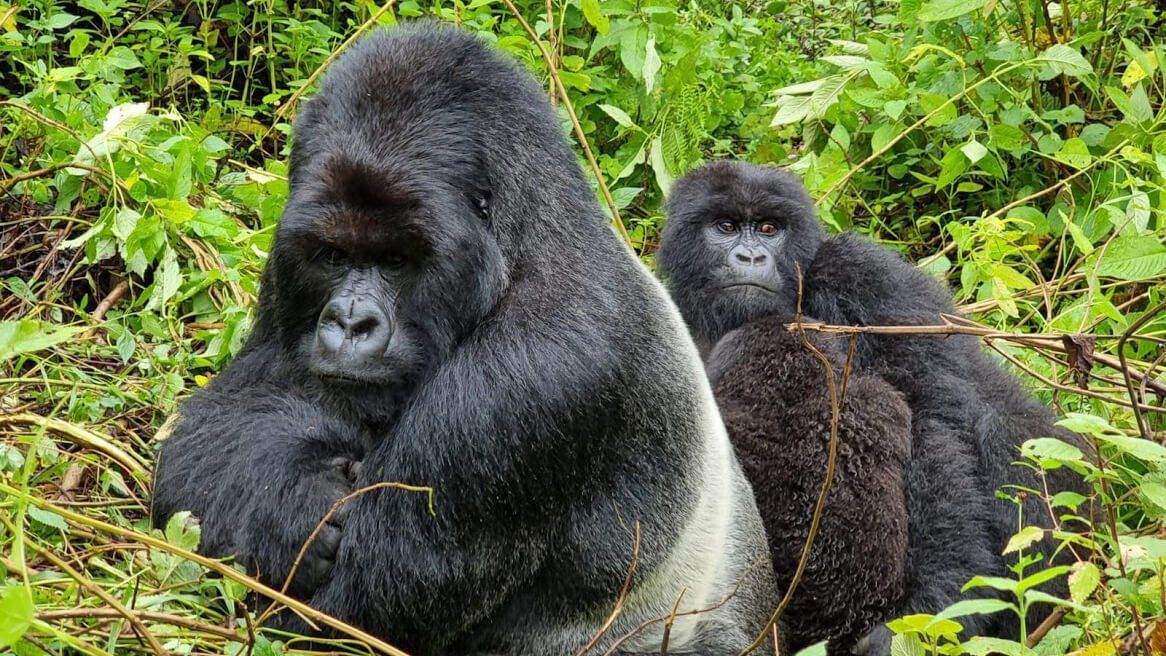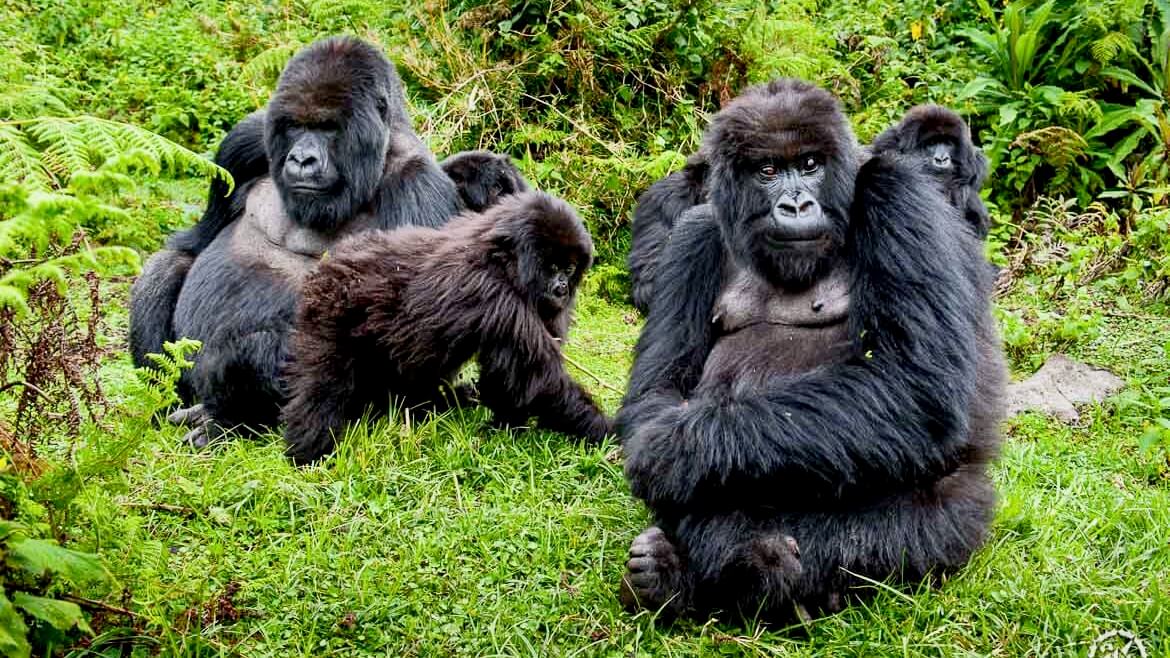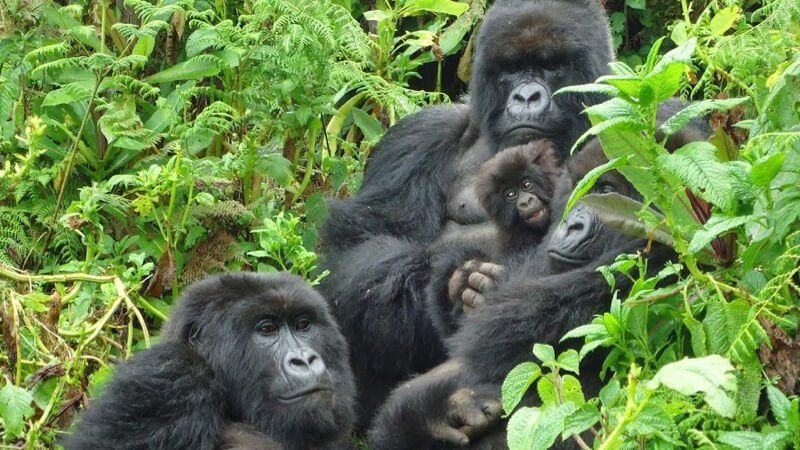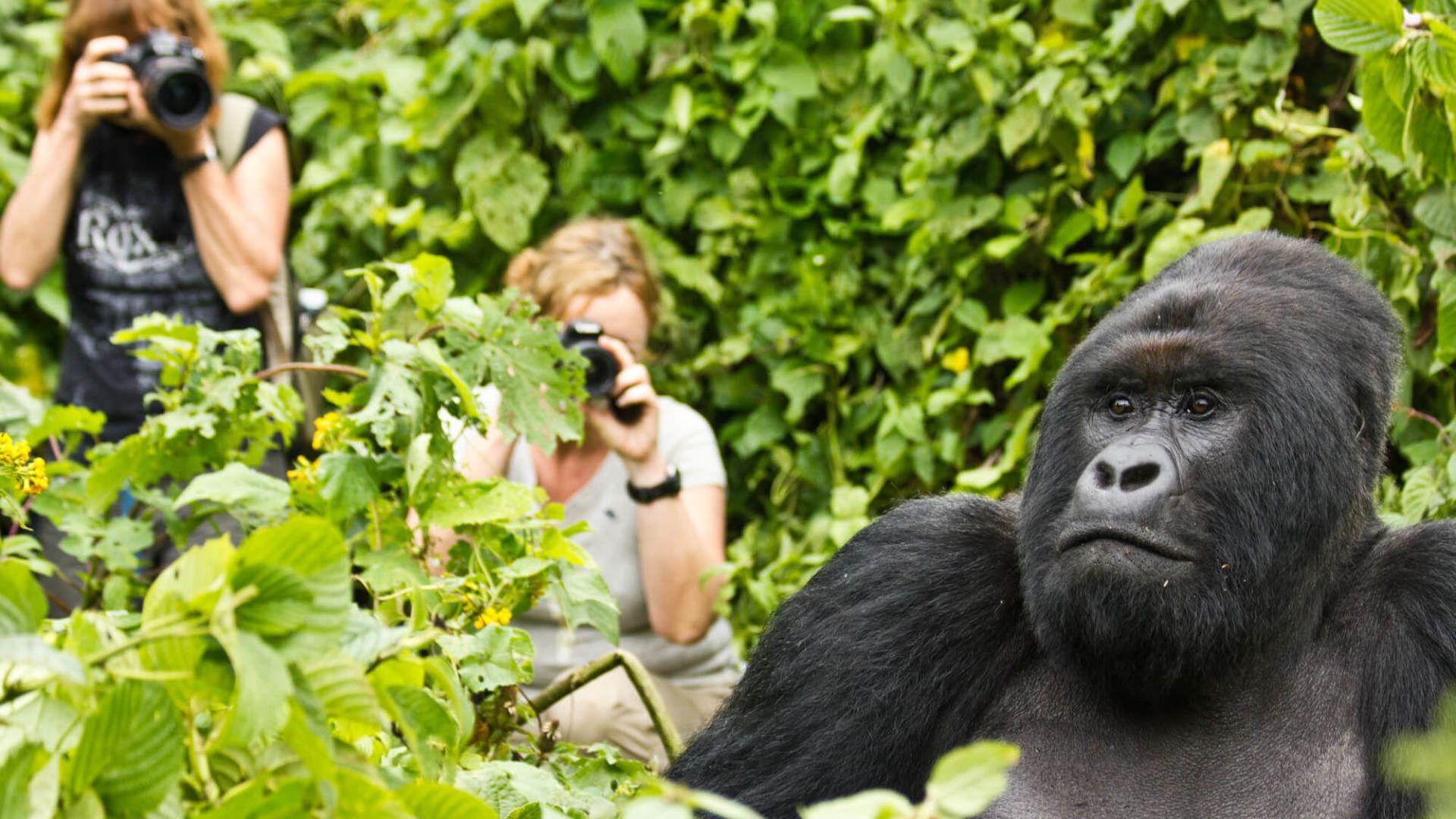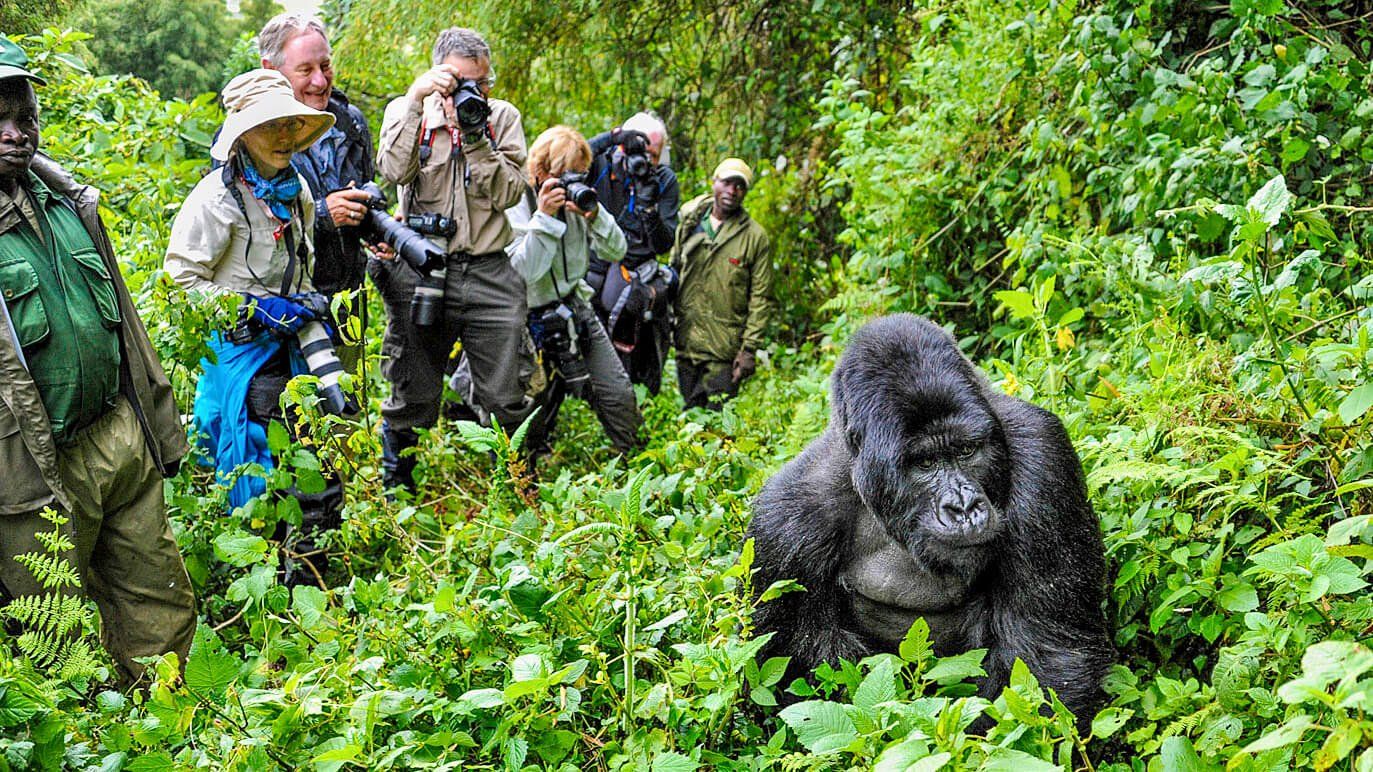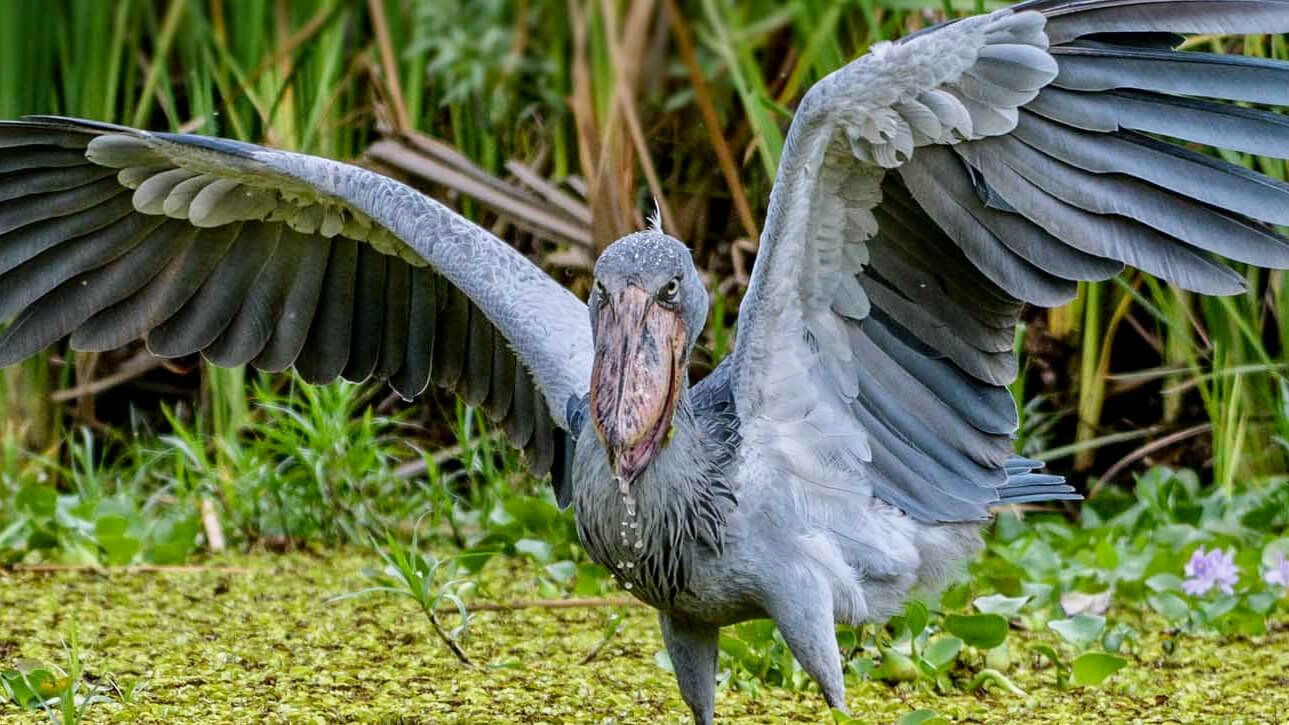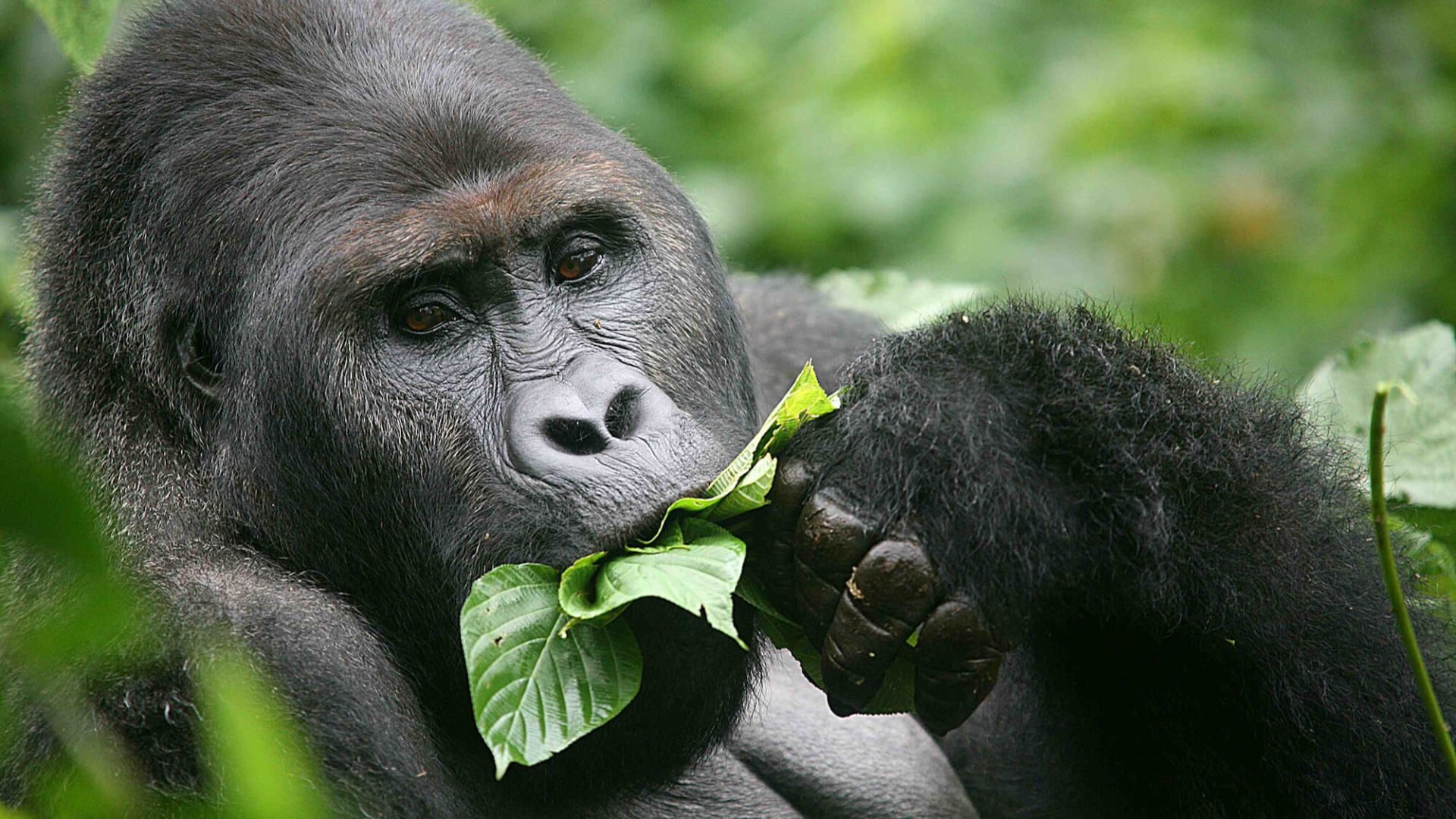DRC National Parks
- Kahuzi-Biega National Park
Brief profile:
- Covers 6000 km²
- Set in both mountainous and lowland terrain
- 1,178 plant species in the mountainous region of the park
- Some 136 species of mammals 349 species of birds
Highlights:
- Eastern lowland gorilla trekking
- Hiking
- Breathtaking scenery
- Bird watching
Kahuzi-Biega National Park is in the eastern Democratic Republic of Congo, 50km west of the town of Bukavu and near the Rwandan border. The Park was established in 1970 to conserve and preserve the Grauer's (lowland) gorilla, which is the world's largest gorilla species. Kahuzi Biega is named after two extinct volcanoes, Mount Kahuzi (3308m) and Mount Biega (2790m). This park is one of the last refuges of the rare eastern lowland gorilla. The eastern lowland gorilla is the largest of the four gorilla subspecies. It is distinguished from other gorillas by its stocky body, large hands and short muzzle. Despite its size, eastern lowland gorillas subsist mainly on fruit and other herbaceous materials, just like other gorilla subspecies. There are nine gorilla families in Kahuzi Biega and two are habituated for visitors. The park is divided into two forest zones which are connected by a narrow corridor: on one side of the park there is mountain forest covering 600 sq. km (altitude varying between 1800m and 3300m) and on the other side a tropical forest (altitude 600m and 1200m). The park is therefore one of the biggest reserves striving to conserve flora and fauna in central Africa's high mountain regions. In 1990 it was listed as a UNESCO World Heritage Site.
Besides lowland gorilla trekking in the park, the park also offers a lot of other activities as it is home to 135 other mammal species which include twelve species of primates (among them eastern chimpanzees, red colobus, blue monkey, red tailed monkey, L'Hoest monkeys, Owl-faced monkeys, Angolan black and white colobus, baboons, grey-cheeked mangabeys), forest elephants, leopards, civets, genets, otters and many antelope and duikers. Thirty of the 336 bird species found in the park are endemic to the Albertine Rift, such as the Rockefeller's sunbird, Ruwenzori Turaco, Grauer's broadbill, Grauer's warbler and Shelley's crimson wing. It has 69 species of reptiles and 44 species of amphibian.
Best Time to Visit:
| Jan | Feb | Mar | Apr | May | Jun | Jul | Aug | Sept | Oct | Nov | Dec |
|---|---|---|---|---|---|---|---|---|---|---|---|
| Good | Good | Good | Good | Good | Very Good | Very Good | Very Good | Very Good | Good | Good | Good |
| Jan | Feb | Mar | Apr | May | Jun | Jul | Aug | Sept | Oct | Nov | Dec |
|---|---|---|---|---|---|---|---|---|---|---|---|
| Good | Good | Good | Good | Good | Very Good | Very Good | Very Good | Very Good | Good | Good | Good |
| Jan | Feb | Mar | Apr | May | Jun |
|---|---|---|---|---|---|
| Good | Good | Good | Good | Good | Very Good |
| Jul | Aug | Sept | Oct | Nov | Dec |
|---|---|---|---|---|---|
| Very Good | Very Good | Very Good | Good | Good | Good |
-
Virunga National Park
Brief profile:
- A UNESCO World Heritage Site
- One of the most biologically diverse areas on the planet
- 9 species of reptiles that have been recorded in the park
- Home to two of the world’s most active volcanoes
- The park have populations of three great ape species: the mountain gorilla, the lowland gorilla and the chimpanzee
Highlights:
- An exciting adventure - climbing this active volcanoe – Mt Nyiragongo
- Rwindi Plains, a great place for a classic east African wildlife excursion
- Mountain Gorilla trekking
- Chimpanzee habituation walk
Virunga National Park, formerly known as Albert National Park, is one of the Congo National Parks and was created in 1925. The park covers an area of 7900 square km and contains a vast diversity of habitats. The park offers an outstanding diversity of habitats, ranging from swamps and steppes to the snowfields of Rwenzori (at an altitude of over 5000 m) as well as lava plains and savannahs on the slopes of the volcanoes. The park’s southern tip rests on the northern shore of Lake Kivu, with the Virunga Mountains lying between lake Kivu and lake Edward and extend into Rwanda and Uganda. The great volcanoes of this range, include Mikeno, Karisimbi, Visoke and Sabinio (Sabinyo), as well as the active Nyiragongo and Nyamulagira. The Rutshuru falls and the Mai ya Moto sulfur springs are further north. Much of the park’s central region is occupied by Lake Edward. To the northeast the Ruwenzori range soars to more than 4880m.
It has wonderful wildlife that include lions, elephants, hippos, chimps, the remarkable okapi and a quarter of the world’s critically endangered mountain gorillas.
Best Time to Visit:
| Jan | Feb | Mar | Apr | May | Jun | Jul | Aug | Sept | Oct | Nov | Dec |
|---|---|---|---|---|---|---|---|---|---|---|---|
| Good | Good | Good | Good | Good | Very Good | Very Good | Very Good | Very Good | Good | Good | Good |
| Jan | Feb | Mar | Apr | May | Jun |
|---|---|---|---|---|---|
| Good | Good | Good | Good | Good | Very Good |
| Jan | Feb | Mar | Apr | May | Jun | Jul | Aug | Sept | Oct | Nov | Dec |
|---|---|---|---|---|---|---|---|---|---|---|---|
| Good | Good | Good | Good | Good | Very Good | Very Good | Very Good | Very Good | Good | Good | Good |
| Jul | Aug | Sept | Oct | Nov | Dec |
|---|---|---|---|---|---|
| Very Good | Very Good | Very Good | Good | Good | Good |
SPECIAL - RWANDA GORILLA TREKKING
GROUP SAFARI
DISCOUNTED GORILLA
PERMIT RATE!
4 days / 3 nights
Highlights: Gorilla Trekking in Volcanoes National Park
Departure dates: 28 May / 26 Nov & 10 Dec '25
UGANDA GORILLA TREKKING
GROUP SAFARI
4 days / 3 nights
Highlights: Gorilla Trekking in Bwindi NP
Date: 20 - 23 Jul / 06 - 09 Sep '25
RWANDA & UGANDA GORILLA TREKKING
GROUP SAFARI
4 days / 3 nights
Hightlighs: Kigali & Gorilla Trekking in Bwindi NP
Date: Jun & Sept 2025
RWANDA GORILLA & CHIMPANZEE SAFARI
7 days / 6 nights
Highlights: Gorilla & Chimpanzee Trekking
Date: Private Safari
UGANDA GORILLA & CHIMPANZEE TREKKING
GROUP SAFARI
9 Days / 8 Nights
Highlights: Gorilla & Chimpanzee Trekking
Date: 20 - 29 Sep 2025
BEST OF UGANDA
10 Days / 9 Nights
Highlights: Murchison Falls / Chimp and Gorilla Trekking
Date: Private Safari
BIRDING, CHIMPANZEE & GORILLA SAFARI
10 Days / 9 Night
Highlights: Mabamba Swamp / Semliki / Kibale NP / Bwindi NP
Date: Private Safari
MOUNTAIN & LOWLAND GORILLA SAFARI
8 Days / 7 Nights
Highlights: Mountain Gorilla, Chimpanzee & Eastern Lowland Gorilla Trekking
Date: Private Safari
What Our Clients Say About Our Safaris & Tours
SIGN UP FOR OUR NEWSLETTER
Africa is calling – Sign up to our newsletter today!Get exclusive access to the latest on exclusive offers, getaways and travel inspiration.
Contact Us
We will get back to you as soon as possible
Please try again later
Copyright © 2024 Digital Zoo Website Design Company - All Rights Reserved
Domain Registration
|
Email Address
|
Website Design
|
Graphic Design
|
Social Media Management
|
Search Engine Optimization
|
Online Marketing
|
Web App Developer
All Rights Reserved | Explore Plus Travel & Tours
All Rights Reserved | Explore Plus Travel & Tours
